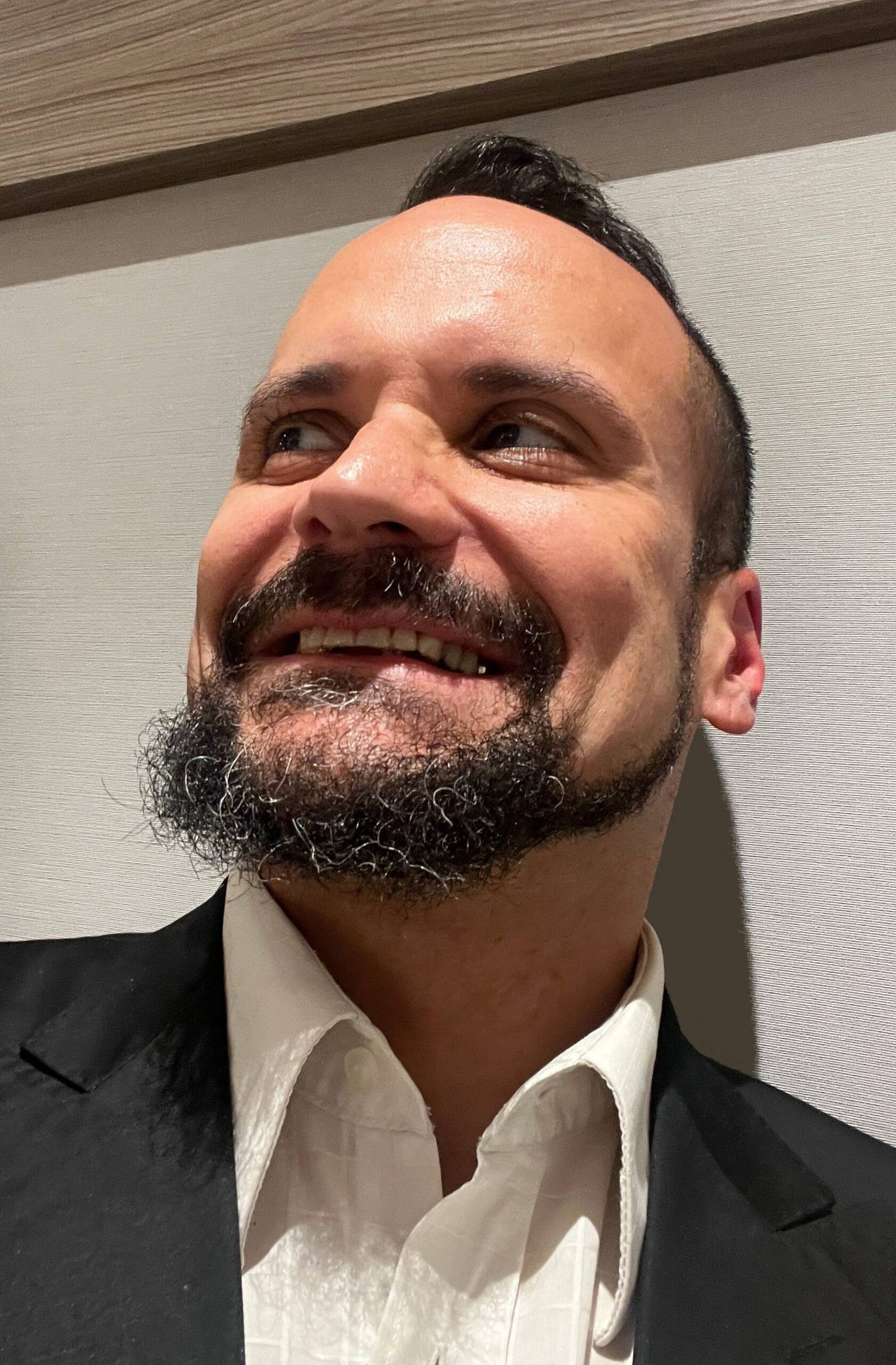

































QUICK AND DIRTY: LIVE FROM BERLIN
Since the Islamic Revolution of 1979, Iran has been a country where women are consistently oppressed. They are not allowed to attend sporting events, sing and protest, and they are forced to wear a hijab in public (a requirement tightly controlled by the nation’s infamous Vice Squad). It is remarkable that a female filmmaker from India finishing her PhD managed to enter the country and capture the subtleties of a society that – despite such systemic oppression – has created some of the most imaginative, poetical and intrinsically human cinema ever made, and which consistently reaches all four corner of the planets.
Sreemoyee Singh’s technique is extremely simple. She operates the camera herself most of the time (also a subversive act per se). The filmmaker conquers her subjects with her genuine curiosity and empathy, as well as her quiet charisma. Interviews are intimate and informal. At one point, the helmer captures herself in a mirror.At another point, drilling interrupts the conversation, only for the noise to become the very topic of the lively interaction. She uses a mobile phone to film some of the most dangerous activity, such as the widespread Women, Life, Freedom protests that rocked the nation in 2022. At one point the police push a woman who removed her headscarf from the top of a raised structure, promptly breaking her leg. And she sings (a gesture that could land her in hot water).
Iconic Iranian filmmaker Panar Panahi is the most prominent interviewee. Many of the conversations take place inside his own car as he drives around Tehran. That’s perhaps a tribute to Iranian cinema itself, which consistently uses moving vehicle as a safe environment for profound dialogue and meditation (such as with Abbas Kiarostami’s Ten, from 2002). Panahi meets the child stars of his 1995 film White Balloon, now grown-up women. He challenges one of them to cry upon command. That too seems to be a (perhaps unintentional) nod to Iranian cinema: Mohsen Makhmalbaf insistently challenges his subjects to cry on queue in his 1995 documentary Hello Cinema (a film that changed my life, and triggered my passion for cinema). Makhmalbaf (who lives in exile in Europe) does not appear in the film. However the film is dotted with extracts from Iranian classics from Makhmalbaf, Kiarostami and Panahi. Another important person conspicuous in her absence is Googoosh, probably the country’s most popular singer and actress during the 1960s and 1970s. She lived in silence for decades after the Revolution, and only started singing again in the year of 2000 upon leaving Iran.
Singh attempts to visit Kiarostami in his house to no avail, instead leaving a note for him (who unexpectedly died a week later, in 2016). This is a film that took six years to complete. A genuine labour of love from a woman inspired by the films and the female resistance of a country to which she previously held no connection. This resistance is to be found in poetry, books and film. Such material can be acquired in the heavily guarded Enghelab Market, located in the Iranian capital. “Enghelab” means “Revolution” in both Farsi and the filmmaker’s mother tongue Urdu.
There are also abundant images from Forugh Farrokhzad’s The House is Black, from 1962. Farrokhzad was one of Iran’s most famous poets and also a renowned filmmaker. She died tragically in a car accident in 1967, long before the Revolution. Her poetry gingerly wraps the film together. The filmmaker reveals that Farrokhzad too experienced oppression, dispelling the myth that Iran was a role model of freedom prior to 1979. The country lost its dearest democratic foundations in 1953, when US and the UK helped to stage a coup d’etat. I recommend that you watch Taghi Amirani’s Coup 53 (2019) for further contextualisation.
At the end of the film, we learn that Panahi was been repeatedly arrested and prevented from making films. Many artists have encountered the same fate. We are told that Mohammad Rasoulof (who won the Golden Bear three years ago with anti-fascist allegory There is No Evil) is in prison. It has since been reported that he was released on bail just two weeks ago, thanks to international pressure. May the power of Iranian cinema continue to win hearts across the world and destroy old orthodoxies intoxicating the nation. May Iranian women (and also men) enjoy the freedom that they deserve.
And, Towards Happy Alleys just premiered at the 73rd Berlin International Film Festival. The very emotional filmmaker was present, and she received a standing ovation.
















